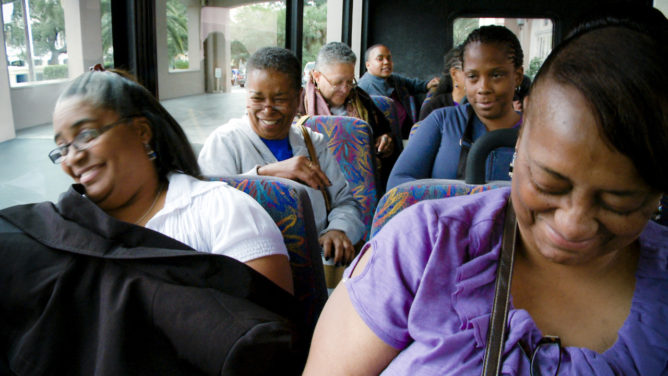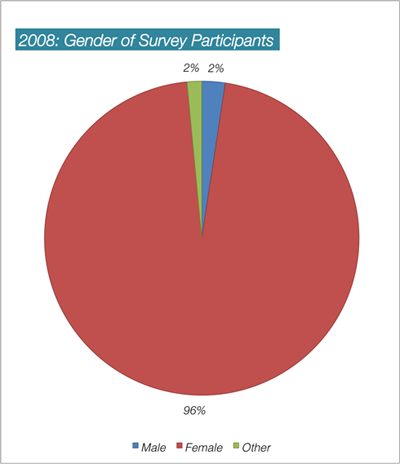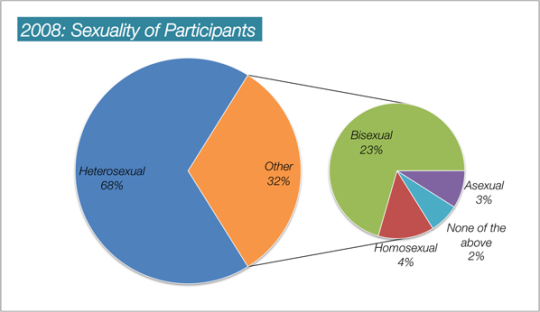We argue that the radicality of the digital humanities is the potential it offers to expand our understanding to the vertical plane, or more precisely, planes of research. In vertical interdisciplinarity, there is a rich layering in both the method and the practice of teaching and scholarship, and this poses challenges to the very discursive categories employed. The disruptive components are the creative, aesthetic, and non-alphabetic elements, which once deployed vertically within a field radically transform its formal properties. If horizontal strategies make us imagine new narrative lines within a field, then the vertical approach forces us to rethink the narrator, what narrative form could be, and how we think, reflect, critique and express.
Virginia Kuhn & Vicki Callahan, “Nomadic Archives: Remix and the Drift to Praxis”


